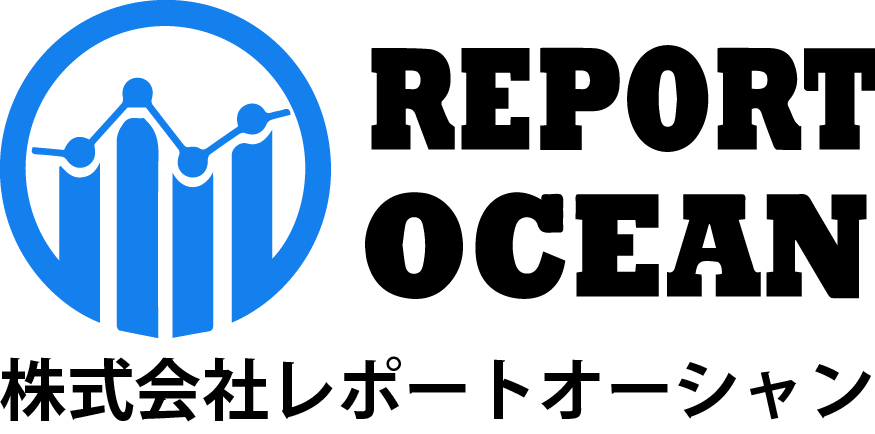日本近赤外線吸収材料市場規模、シェア、競争環境、動向分析レポート:材料別(有機、無機)、吸収範囲別(700-800nm、800-900nm、900-1000nm、>1000nm)、用途別(熱線遮蔽材料、レーザー溶接、偽造防止、電子センサー、太陽光発電、その他)、エンドユーザー別(電気及び電子、通信、防衛及びセキュリティ、健康管理、その他): 2024 年から 2032 年までの機会分析と業界予測
レポートID : ROJP0524080 |
最終更新 : 2024年05月 |
フォーマット : ![]() :
: ![]() :
: ![]()
Table of Contents
1. Research Methodology
2. Project Scope & Definitions
3. Impact of COVID-19 on the Japan Near Infrared Absorbing Materials Market
4. Impact of Russia-Ukraine War
5. Executive Summary
6. Voice of Customer
- 6.1. Market Awareness and Product Information
- 6.2. Brand Awareness and Loyalty
- 6.3. Factors Considered in Purchase Decision
- 6.3.1. Brand Name
- 6.3.2. Quality
- 6.3.3. Quantity
- 6.3.4. Price
- 6.3.5. Product Specification
- 6.3.6. Application Specification
- 6.3.7. Shelf-life
- 6.3.8. Availability of Product
- 6.4. Frequency of Purchase
- 6.5. Medium of Purchase
7. Japan Near Infrared Absorbing Materials Market Outlook, FY2017-FY2031F
- 7.1. Market Size & Forecast
- 7.1.1. By Value
- 7.1.2. By Volume
- 7.2. By Material
- 7.2.1. Organic
- 7.2.1.1. p-type
- 7.2.1.2. n-type
- 7.2.1.2.1. Fullerene
- 7.2.1.2.2. Non-Fullerene
- 7.2.2. Inorganic
- 7.2.1. Organic
- 7.3. By Absorption Range
- 7.3.1. 700-800nm
- 7.3.2. 800-900nm
- 7.3.3. 900-1000nm
- 7.3.4. >1000nm
- 7.4. By Application
- 7.4.1. Heat Ray Shielding Materials
- 7.4.2. Laser Welding
- 7.4.3. Anti-counterfeit
- 7.4.4. Electronic Sensors
- 7.4.5. Photovoltaics
- 7.4.6. Others
- 7.5. By End-user
- 7.5.1. Electrical & Electronics
- 7.5.2. Telecommunications
- 7.5.3. Defence & Security
- 7.5.4. Healthcare
- 7.5.5. Other
- 7.6. By Region
- 7.6.1. North
- 7.6.2. Central
- 7.6.3. South
- 7.7. By Company Market Share (%), FY2023
8. Supply Side Analysis
- 8.1. Capacity, By Company
- 8.2. Production, By Company
- 8.3. Operating Efficiency, By Company
- 8.4. Key Plant Locations (Up to 25)
9. Market Mapping, FY2023
- 9.1. By Material
- 9.2. By Absorption Range
- 9.3. By Application
- 9.4. By End-user
- 9.5. By Region
10. Macro Environment and Industry Structure
- 10.1. Supply Demand Analysis
- 10.2. Import Export Analysis - Volume and Value
- 10.3. Supply/Value Chain Analysis
- 10.4. PESTEL Analysis
- 10.4.1. Political Factors
- 10.4.2. Economic System
- 10.4.3. Social Implications
- 10.4.4. Technological Advancements
- 10.4.5. Environmental Impacts
- 10.4.6. Legal Compliances and Regulatory Policies (Statutory Bodies Included)
- 10.5. Porter's Five Forces Analysis
- 10.5.1. Supplier Power
- 10.5.2. Buyer Power
- 10.5.3. Substitution Threat
- 10.5.4. Threat from New Entrant
- 10.5.5. Competitive Rivalry
11. Market Dynamics
- 11.1. Growth Drivers
- 11.2. Growth Inhibitors (Challenges, Restraints)
12. Key Players Landscape
- 12.1. Competition Matrix of Top Five Market Leaders
- 12.2. Market Revenue Analysis of Top Five Market Leaders (in %, FY2023)
- 12.3. Mergers and Acquisitions/Joint Ventures (If Applicable)
- 12.4. SWOT Analysis (For Five Market Players)
- 12.5. Patent Analysis (If Applicable)
13. Pricing Analysis
14. Case Studies
15. Key Players Outlook
- 15.1. Nippon Shokubai Co., Ltd.
- 15.1.1. Company Details
- 15.1.2. Key Management Personnel
- 15.1.3. Products & Services
- 15.1.4. Financials (As reported)
- 15.1.5. Key Market Focus & Geographical Presence
- 15.1.6. Recent Developments
- 15.2. Sumitomo Metal Mining Co., Ltd.
- 15.3. Resonac Holdings Corporation
- 15.4. Yamada Chemical Co., Ltd.
- 15.5. Tokyo Chemical Industry Co., Ltd.
- 15.6. Fujibo Holdings Inc.
- 15.7. Japan New Metals Co., Ltd.
- 15.8. Toyo Ink SC Holdings Co., Ltd.
- 15.9. Horiba
- 15.10. Toyo Visual Solutions Co., Ltd.
Companies mentioned above DO NOT hold any order as per market share and can be changed as per information available during research work
16. Strategic Recommendations
17. About Us & Disclaimer
無料サンプルを入手する ![]()
この無料サンプルには、トレンド分析から推定・予測まで、さまざまなデータが含まれています。
最新レポート
お問い合わせ
-
- JAPAN : 03-6899-2648
-
- EMAIL : [email protected]







